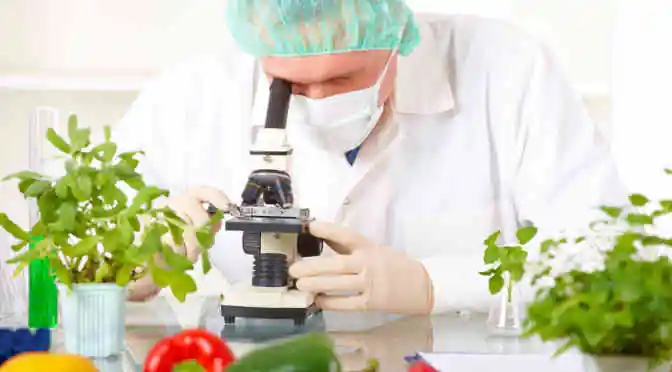A basic procedure in the field of medicine, biopsy involves the removal of a piece tissue from any part of the body to examine it for the presence of disease. Biopsies are usually done at diagnostic centers or hospitals in order to determine if a patient has cancer. The procedure is primarily performed on major organs or areas of the body such as the liver, lungs, prostate, and kidney using a wide range of devices. The fact that biopsy is such a critical component of medicine can be measured by its global market share, which stood at $1.70 billion in 2015. According to analysts at Technavio, the biopsy market is poised to grow during the forecast period, recording a CAGR of more than 6% by 2020.
What makes biopsy such a vital part of medicine? The answer to this question involves a combination of several factors. To begin with, cancer cases are on the rise. Each year, the number of patients diagnosed with cancer increases significantly, and biopsy is the first major test that patients have to undergo in order to determine the extent to which the disease has spread through the body. According to a report on cancer.org, an estimated 1,685,210 new cases of cancer will be diagnosed across the US in 2016. This large number is, in and of itself, enough to explain why the biopsy market is growing at a substantial rate.
Another major reason behind biopsy remaining such an integral part of medicine is the growth of the elderly population. As the economic conditions and standard of living improves in developing countries, the elderly population continues to increase. This segment of the population is highly susceptible to chronic diseases due to decreased immunity. Thus those over a certain age are required to undergo proper screening and diagnostic tests, which include biopsies for further treatment. At present, several companies have designed biopsy needles in order to capitalize on this emerging market – especially in countries with fast-growing elderly populations such as the US and China.
There has also been a trend towards increased cases of alcohol abuse, obesity, and viral hepatitis. This has led to greater incidence of liver disease, which is occurring at an alarming rate. Though imaging tests like X-rays and CT scans can help in identifying areas of concern, they cannot distinguish between cancerous and non-cancerous cells – which is why biopsy is so important. And with governments as well as NGOs running campaigns to create awareness and stress the importance of prompt diagnosis of liver conditions, this has only helped to further fuel the biopsy devices market.
Finally, there has been a drastic increase in the number of testing centers in the form of commercial labs and diagnostic centers in urban as well as rural areas. These centers specifically target the rural and low-income group, members of which often avoid going in for testing due to a lack of money and resources. With greater availability of biopsy solutions at reduced prices, the market for biopsy solution providers will continue to expand.
Who are the major players in the biopsy devices market? Find out:



